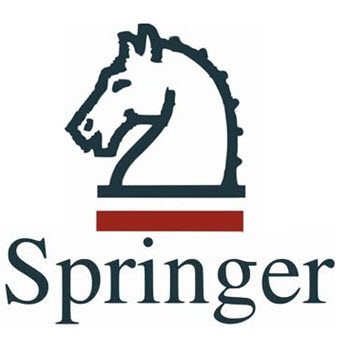Background
A limited number of studies have specifically examined the value of quality-adjusted life-years (QALYs) from the patient’s perspective.
Objective
The goal of this study was to investigate the worth of QALYs from the perspectives of patients with diabetes using health and willingness-to-pay (WTP) measures.
Methods
A hypothetical treatment characterized by a permanent cure was presented to 149 patients with diabetes in Tehran, Iran, to elicit the monetary value that they attach to QALYs. The QALY gains of the participants were determined using the EuroQol-5 Dimensions, 3 Levels instrument, the visual analogue scale, and the time trade-off method. A mixed closed-ended WTP model supported by an open-ended question was used to ascertain the monetary value of a QALY gained. Finally, we used each respondent’s ratio of WTP to QALY gained and the mean of the ratios to estimate the worth of a QALY to all respondents.
Results
In total, 96% of respondents were willing to pay out of pocket for the restoration of full health, whereas 4% exhibited a zero WTP because of an inability to pay. The mean WTP per QALY varied depending on the health measure and discount rate used, ranging from $US1191 to $US5043 in sensitivity analysis, which is equal to 0.23–0.95 of Iran’s gross domestic product (GDP) per capita in 2015.
Conclusion
Applying the upper limit of the World Health Organization’s (WHO) cost-effectiveness threshold (i.e., three times the local GDP per capita) in resource allocation decisions requires caution and investigation, particularly in low- and middle-income countries with limited healthcare resources. To generalize our findings, especially for application to decision making, additional surveys involving more representative samples from different settings are recommended.



No responses yet